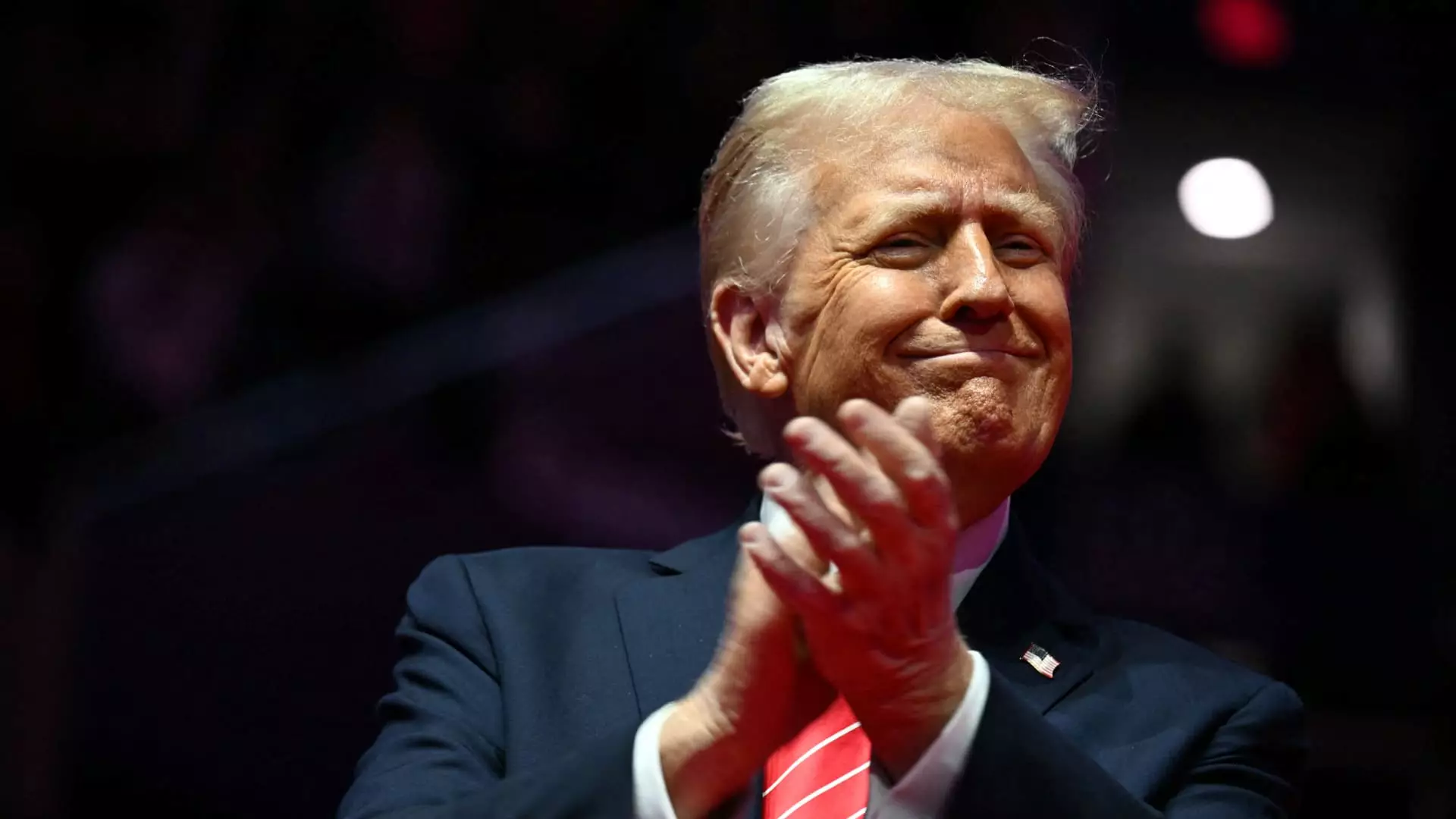On the day of his inauguration, Donald Trump is poised to make a substantial impact, marking the commencement of his second term with a collection of over 50 potentially groundbreaking executive orders. This remarkable initiative represents not only a promise to his supporters but also serves as a clear indication of his intentions to redefine policies that have been shaped by his predecessor, President Joe Biden. Scheduled to take the oath in the Capitol at midday, Trump aims to further dramatize his return to power with a public signing event later that day at Capital One Arena, reflecting the high expectations and fervent support among his political base.
Executive orders are a political tool that allows the sitting president to manage the federal government without the need for congressional approval. They are particularly potent in setting policy directions swiftly, especially when there is a desire to reverse the actions of a previous administration. Trump’s first wave of directives is expected to encapsulate a blend of his campaign promises, including the retraction of Biden-era policies, as well as significant changes to the workforce within federal agencies. The expectation is that these executive orders will not only set the agenda for his new term but may also ignite fierce debate about presidential powers and governance.
Among the anticipated executive actions, one of the most significant will likely be the declaration of a national emergency concerning the U.S.-Mexico border. For Trump’s “Make America Great Again” (MAGA) supporters, this act is emblematic of his longstanding commitment to curb illegal immigration and tackle cross-border crime resolutely. Trump’s previous experiences in attempting to address immigration during his first term included declaring national emergencies to redirect military funds for constructing a border wall, an initiative that faced legal challenges. By reiterating this commitment, he signals both his determination and the political importance immigration holds in his agenda.
A particularly controversial aspect of Trump’s upcoming executive actions will be his intention to cut funding for climate-related aspects of Biden’s Inflation Reduction Act. This move could set off a constitutional debate surrounding the limits of executive power, especially in relation to the Impoundment Control Act of 1974, which stipulates that appropriated funds must be allocated as intended by Congress. Trump’s willingness to challenge these established norms hints at a confrontational stance towards legislative checks on executive authority. His nominee to lead the Office of Management and Budget has indicated a belief that the law may not be constitutional, suggesting that the Biden administration may face significant pushback if Trump follows through with his funding cuts.
Additionally, Trump is expected to revisit the “Schedule F” policy, which was introduced during the latter part of his initial presidency. This strategy is designed to recategorize thousands of federal civil service positions, enabling the appointment of individuals who are more closely aligned with Trump’s objectives. The ability to streamline appointments in this way becomes even more critical as he endeavors to implement his agenda swiftly. The implications of such a policy could radically reshape the federal workforce and impact the overall governance structure, potentially leading to significant human resources challenges within federal agencies.
As Trump prepares to embark upon this ambitious agenda following his inauguration, the implications of his actions will undoubtedly resonate throughout the American political landscape. His plans to utilize executive orders as a primary means of shaping policy not only reflect his priorities but also invite scrutiny and opposition. The anticipated moves are a test of political will and constitutional boundaries. As day one unfolds, the extent of Trump’s ambitions will become clearer, establishing a new chapter in American governance—a chapter that promises to be as contentious and polarizing as his first.

Leave a Reply